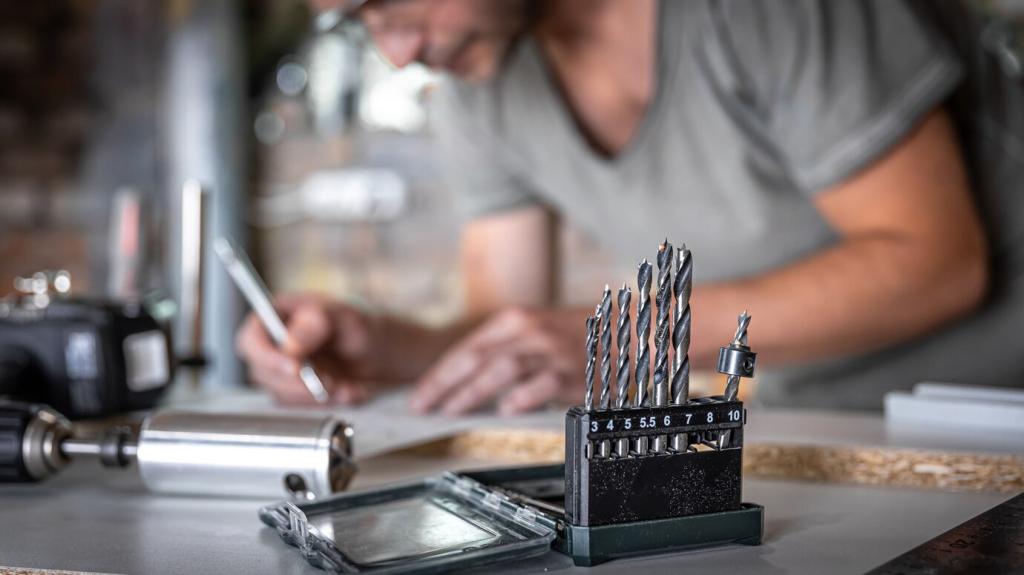
Home Energy Management Using Arduino
Home energy management is a growing priority in modern households and businesses, with the goal of optimizing energy consumption, reducing costs, and minimizing environmental impact. Leveraging the Arduino platform makes energy management accessible, customizable, and scalable for enthusiasts and professionals alike. Arduino-based solutions allow users to monitor energy use, automate appliances, and gather real-time data for informed decision-making. This approach not only helps in saving money but also contributes to a more sustainable lifestyle by reducing unnecessary energy waste. On this page, we explore the fundamentals of home energy management, delve into the capabilities of Arduino technology, and provide practical insights into how you can implement these solutions effectively.
Understanding Home Energy Management
The Importance of Reducing Energy Consumption
The Role of Smart Technology in Modern Homes
Key Challenges in Home Energy Optimization

